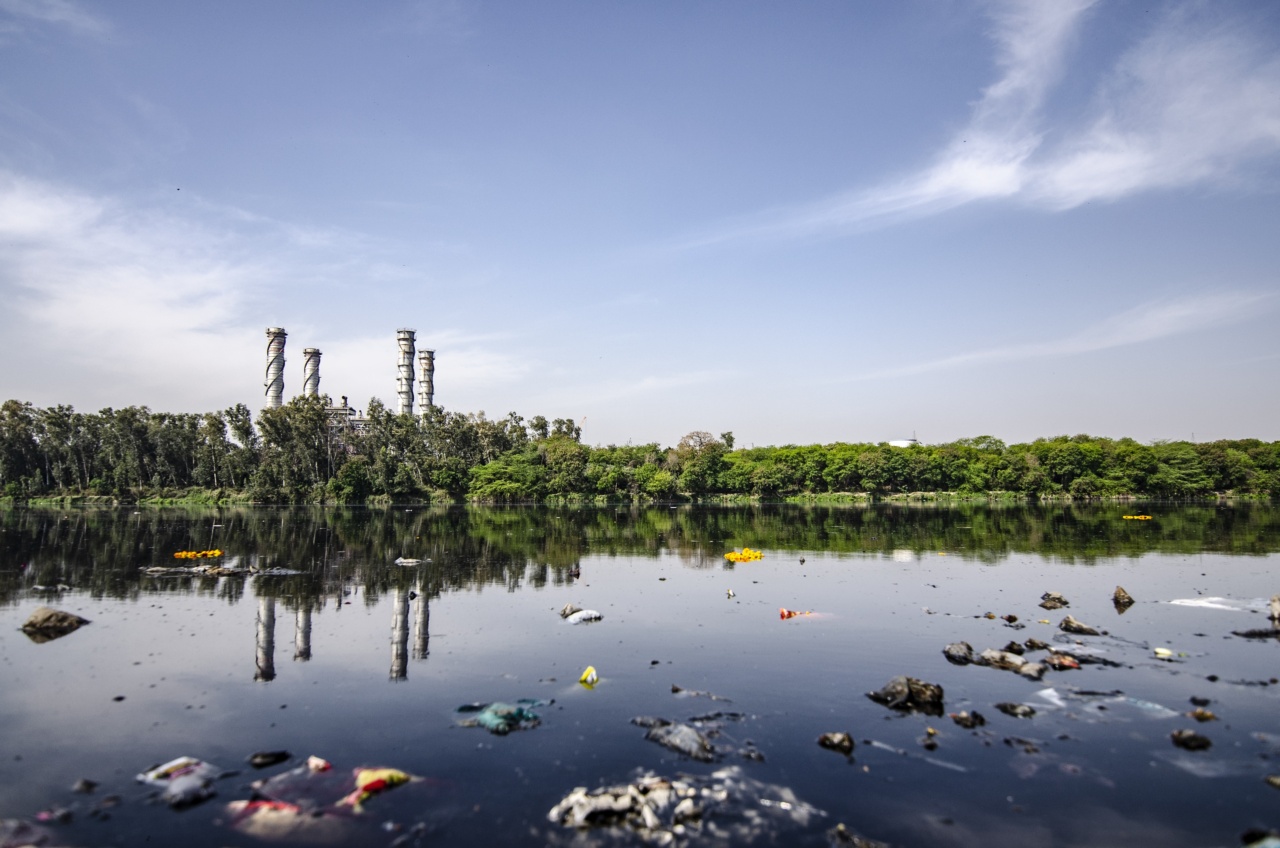Air pollution is a pressing environmental issue that affects billions of people around the world.
The constant release of harmful pollutants into the atmosphere by various human activities has significant long-term effects on both human health and the environment. This article delves into the detrimental consequences of prolonged exposure to air pollution, exploring its impact on respiratory health, cardiovascular diseases, neurological disorders, and the environment.
1. Respiratory Health
One of the most evident and immediate consequences of air pollution exposure is its detrimental effects on respiratory health.
The inhalation of pollutants such as fine particulate matter (PM2.5), nitrogen dioxide (NO2), sulfur dioxide (SO2), and ozone (O3) can lead to the development or exacerbation of various respiratory conditions.
2. Cardiovascular Diseases
Studies have shown a strong association between long-term exposure to air pollution and an increased risk of cardiovascular diseases.
Fine particulate matter and other pollutants can enter the bloodstream, triggering inflammation, oxidative stress, and clotting mechanisms, which can contribute to the development of heart attacks, strokes, and other cardiovascular ailments.
3. Neurological Disorders
Emerging research suggests that air pollution exposure may also have long-term effects on neurological health.
Fine particulate matter and certain pollutants have the potential to traverse the blood-brain barrier and accumulate in the brain, leading to the development or progression of neurodegenerative diseases such as Alzheimer’s and Parkinson’s disease. Additionally, air pollution exposure has been associated with cognitive impairments and decreased cognitive development in children.
4. Impact on Children
Children are particularly vulnerable to the long-term effects of air pollution exposure. Their developing respiratory and immune systems make them more susceptible to the harmful effects of pollutants.
Studies have shown that children exposed to higher levels of air pollution may experience impaired lung growth, increased respiratory infections, and a higher risk of developing asthma.
5. Environmental Consequences
Air pollution not only impacts human health but also has severe consequences for the environment. Pollutants released into the atmosphere contribute to the formation of smog, acid rain, and the depletion of the ozone layer.
These phenomena have far-reaching effects on ecosystems, plant and animal life, and overall biodiversity.
6. Climate Change
The release of greenhouse gases, such as carbon dioxide (CO2), from human activities heavily contributes to climate change.
Air pollution plays a significant role in global warming, leading to increased temperatures, altered weather patterns, and the melting of polar ice caps. These changes pose a threat to ecosystems and have various negative implications for human societies.
7. Respiratory Allergies
Air pollution exposure has been linked to an increased prevalence of respiratory allergies. The presence of pollutants can irritate the respiratory system, leading to allergic reactions and exacerbating conditions such as asthma and hay fever.
8. Lung Cancer
Prolonged exposure to certain carcinogenic air pollutants, such as benzene and formaldehyde, significantly increases the risk of lung cancer.
These substances are released from various sources, including vehicle exhaust, industrial emissions, and tobacco smoke.
9. Environmental Justice
Air pollution is not equally distributed among populations. Marginalized communities, often composed of low-income individuals and minority groups, tend to bear the brunt of pollution from industrial facilities, highways, and other sources.
This environmental injustice further exacerbates existing health disparities and socioeconomic inequalities.
10. Mitigation Strategies
To mitigate the long-term effects of air pollution exposure, various strategies need to be implemented.
These include transitioning to cleaner sources of energy, promoting sustainable transportation, improving industrial emissions standards, and increasing green spaces in urban areas. Additionally, individual actions such as reducing vehicle emissions, practicing energy conservation, and supporting environmental policies can contribute to positive change.






























